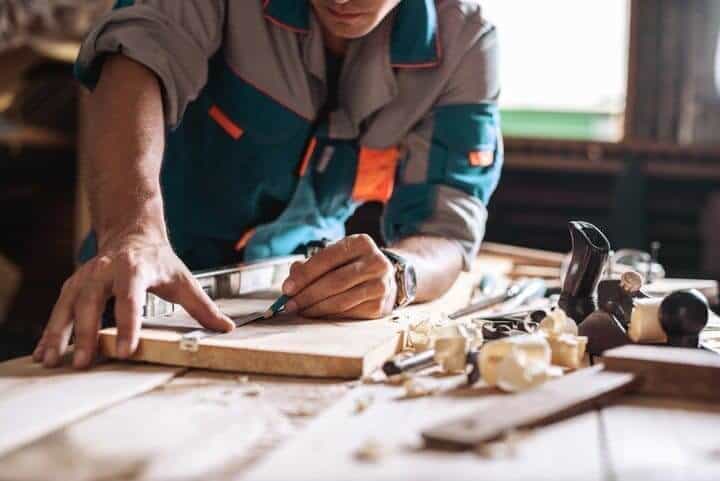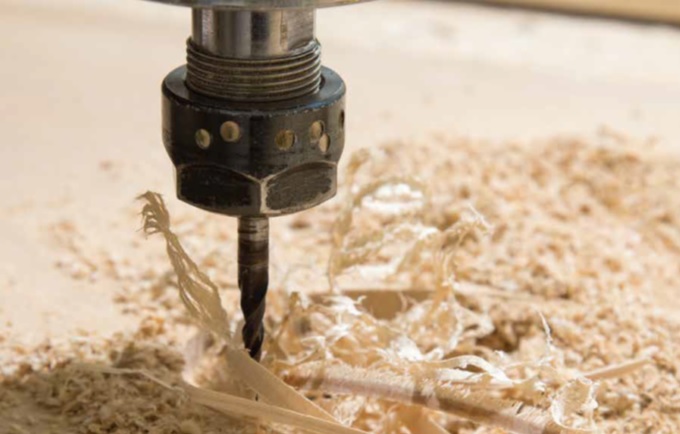If you are at the helm of a B2C, or even B2B, business, then you will have to deal with bulk orders, specifically ordering the inventory you are to sell. This is just part and parcel of running a business that sells anything in large numbers and at a relatively low unit price.
Only those businesses which sell expensive or bespoke products don’t have to deal with bulk orders – and that’s certainly a minority of businesses, both online and off-.
Especially within the online sphere, bulk orders are part of business. For the customer, this type of ordering process means products that don’t go out of stock, and which are affordable. Moreover, there are many such products, some of the most popular include inexpensive clothing in large orders, designer sunglasses, stationary products, inexpensive jewelry, and…well, the list goes on endlessly.
Bulk ordering is simple enough. It is all about keeping a steady supply in inventory to match demand which, for bulk items of low unit cost, is usually pretty significant.
However, that is not all there is to it. Ordering in bulk should mean taking a discerning attitude to wholesale suppliers, looking for discounts with higher orders, and ensuring the availability which prevents the notorious “out of stock” error message.
So, optimal bulk ordering follows some principles, but how you go about it will also be specific to your business, demand and, of course, what type of products you are ordering.
What Products Are Best in Bulk?
We have touched on this above, but before going on to how to bulk-order intelligently, it is wise to consider in more detail just what type of products are best when bought in bulk.
We have already seen that the products need to be regularly sold and come at a relatively low unit price. Nevertheless, this says nothing about the actual products themselves. What type of products regularly sell well? What type of products come at a low unit price?
In lieu of a list of examples then, it is worth pointing out that the best bulk products are those which inspire some sort of impulse buy. These products are unlikely to be specifically sought out by the customer but instead are usually bought on a whim because they are desirable, cheap, and available.
Some products can be diverse within a single bulk order. Consider the bulk designer sunglasses supplied by Salt Lake City-based Olympic Eyewear. These typically come in various styles as part of an assorted batch. The impulse appeal is boosted by there being a real choice on offer – and because sunglasses are useful in a pinch.
Tips for Managing Bulk Order
Regardless of what the products are, here are some tips for optimizing your bulk ordering process:
Look Out for Discounts
It works like this: if you are ordering products in bulk, you really should be getting more of a discount per unit the more you actually order. You should seek out distributors that offer this. It is not uncommon, and it has come to be expected.
Make Repeat Orders
You can always edit this as you go along, but with the aid of some sales data, you should identify your best-selling products and how many you need each month. Then make a repeat order – and look for a discount for doing this.
Expect to Pay Upfront
You might be offered endless discounts on bulk orders but given their size and the danger of you bailing, upfront payment is the norm. You should factor this into your budget as it has implications for cash flow.
Bulk orders are central to many business models. In fact, they are central to most of them.







